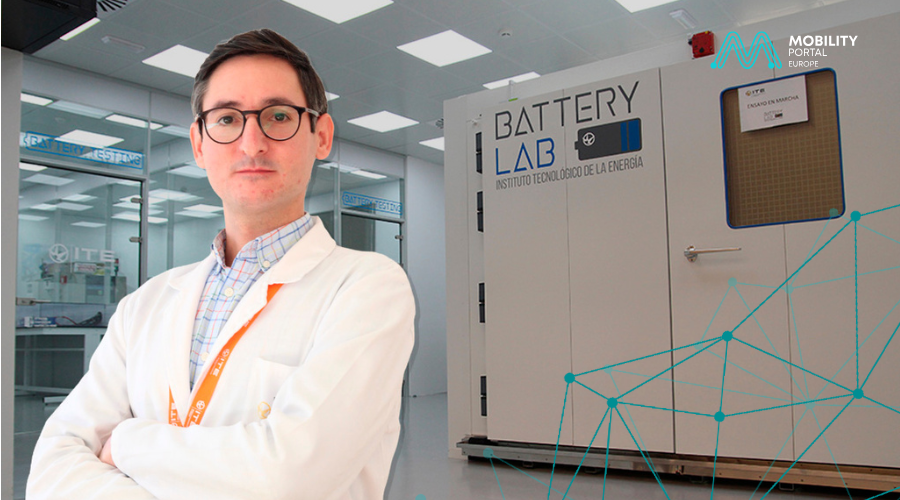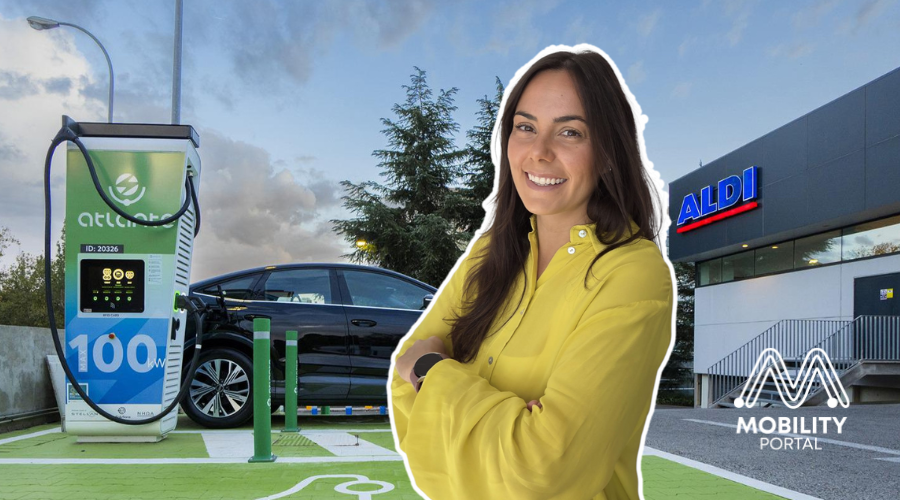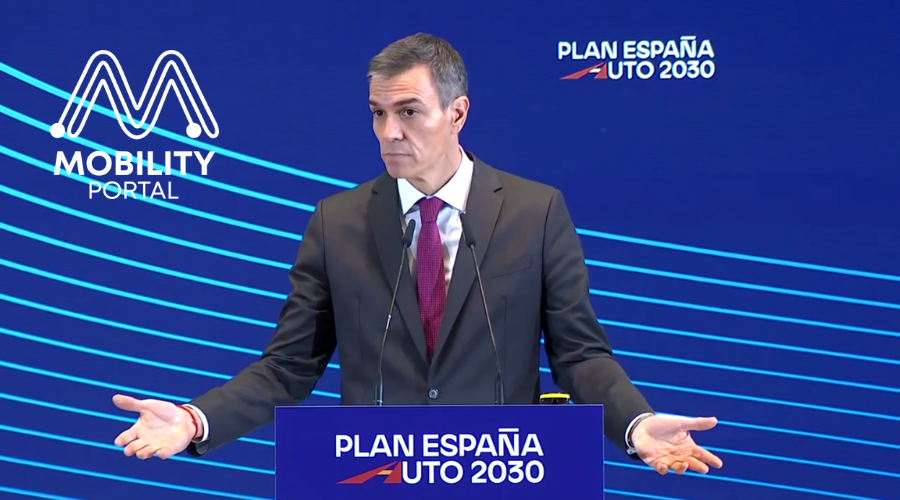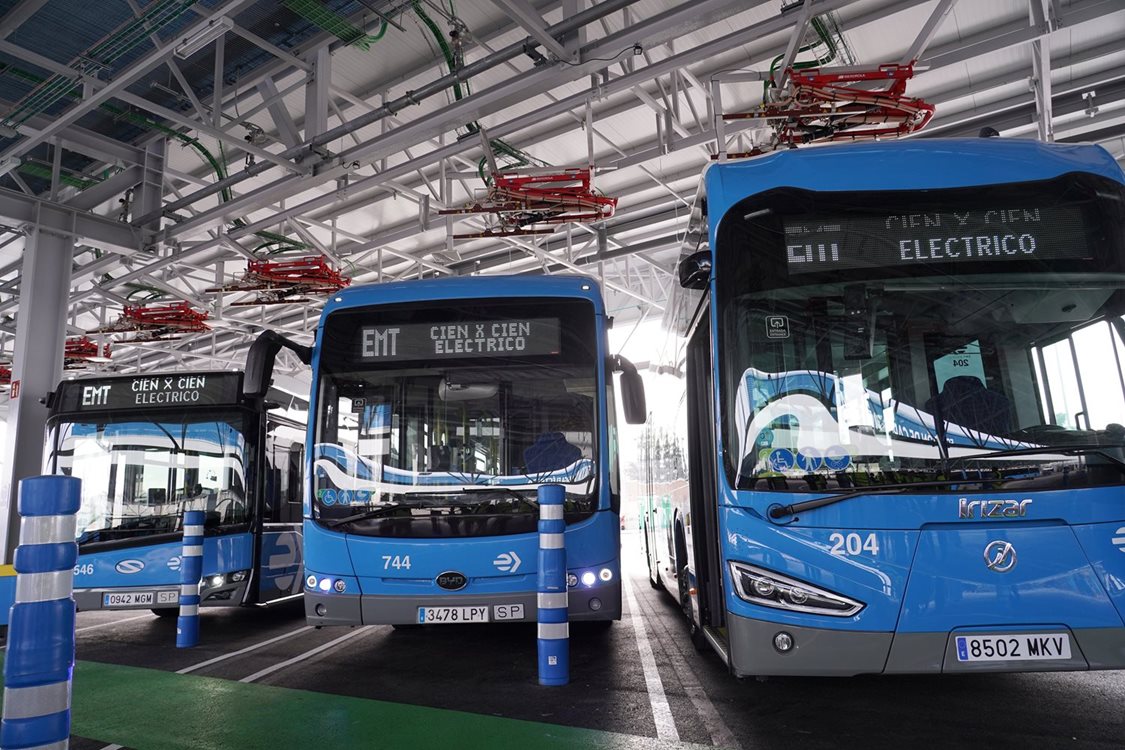Spain has become the second-largest car manufacturer in Europe, with 97,702 electrified vehicles produced between January and May.
In a context where the country seeks to maintain its industrial strength in the electromobility sector, tools such as battery certification are gaining new strategic relevance.
At the same time, electric vehicle registrations continue to grow: in June alone, 12,295 units were registered, reinforcing the need for national technical capabilities to validate the performance of key components.
In this scenario, the Energy Technological Centre (ITE) has become the first and only laboratory in Spain accredited by the National Accreditation Body (ENAC) to perform tests on lithium batteries, in line with the new European Regulation 2023/1542, which directly affects manufacturers in the sector.
Over the past year, the laboratory has doubled its capacity from 150 to more than 280 parallel testing channels.
“We are responding to a need raised by the industry. It’s a strategic decision to support local companies,” says Juan Gilabert, lead engineer at ITE’s Battery Lab.
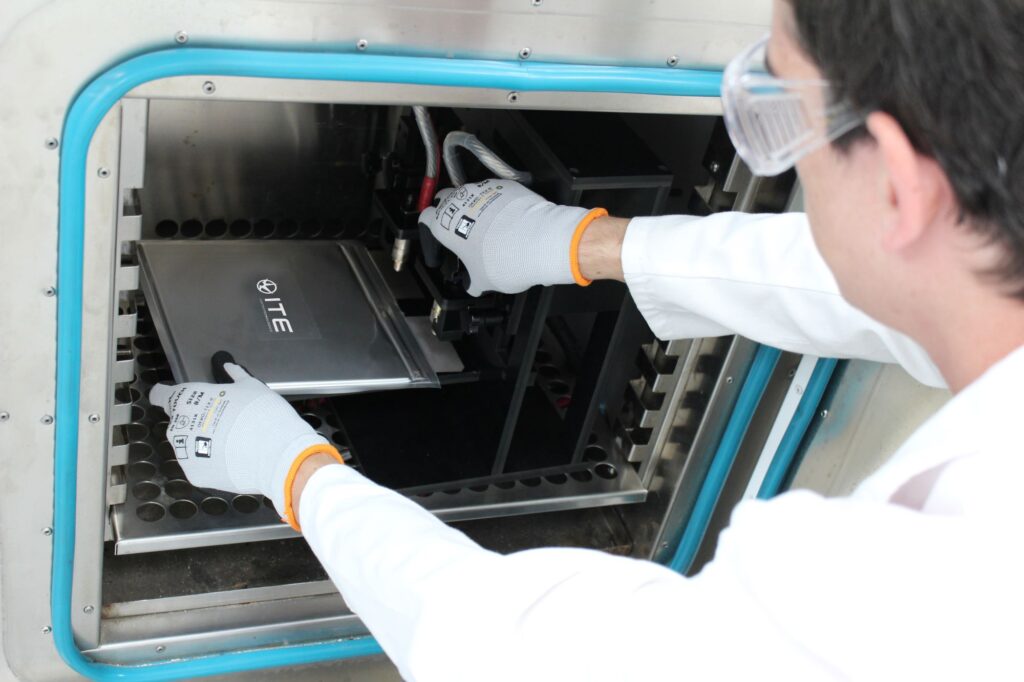
The European regulation was published in July 2023 and will be implemented progressively until 2030. On 18 August 2025, Directive 2006/66/EC — the current battery regulation — will be repealed.
From that date, Regulation (EU) 2023/1542 will become fully applicable and will officially replace the previous directive.
The new framework promotes batteries that are more sustainable, durable, and high-performing. It enforces these criteria with timelines and sector-specific phases, with the electromobility sector among those most affected.
Until now, there has been no minimum performance requirement or mandatory declaration — but this will change: batteries that do not meet the established standards will no longer be allowed to be sold.
A Window of Opportunity for Industry
This regulatory development coincides with a tangible opportunity for the sector.
From Monday 7 July to 17 July, companies can submit project proposals under Line A of PERTE VEC IV, with an initial budget of 280 million euros.
The call prioritises the production of batteries for electric vehicles, essential components, and the recovery of raw materials.
In this context, having an accredited laboratory like ITE becomes a strategic asset.
“There are grant schemes that depend on certification. That’s why we also decided to focus on batteries using two specific standards: IEC 62660 for cells and ISO 12405-4 for battery packs,” explains Gilabert.
Both standards assess capacity and power, although with different approaches. Testing a cell — the smallest unit — is not the same as evaluating a full battery pack, which includes thermal management, communication systems, and functional validation.
This capability allows companies to reduce homologation times and costs, avoiding the need to send samples to Germany or China.
“Having a local lab speeds everything up. I want to highlight ITE’s foresight: if we hadn’t anticipated this need years ago, we wouldn’t be ready now,” he stresses.
While the Battery Lab had already been carrying out tests, it is now doing so under official accreditation. It is currently the only centre in Spain authorised to certify the performance of lithium batteries in the electromobility sector.
An eMobility Trends Laboratory
The head of the Battery Lab identifies key trends in battery behaviour.
“Sometimes the client believes the performance is low, but the cell actually exceeds specifications,” says Gilabert. The lab has carried out tests with up to 500,000 cycles, yielding positive results.
Performance varies significantly between suppliers. “We’ve seen it all. Some Asian batteries that one might assume are subpar have excellent performance. Others — also Chinese — perform well below expectations,” he notes.
In many cases, the issue lies not with the cell itself, but with its management system.
Regarding fast charging, although automotive batteries are exceeding durability expectations, certain conditions remain critical.
“We’ve seen lifespans reduced by up to four or five times, especially when high temperatures are combined with fast charge cycles,” Gilabert warns.
The decision to invest more in reinforcing technical robustness or to encourage behaviour changes in users will depend on the segment. “It’s the user who calls the shots, and you can’t always expect them to adapt or alternate with slow charging,” he points out.
In parallel, ITE is researching new technologies such as solid-state, semi-solid, and sodium-based batteries as alternatives for the post-lithium era.
It is also working on thermal optimisation through multiphysics simulators. “We’re focusing on second-life applications, thermal management, and new materials,” Gilabert summarises.
Moreover, many batteries reach the end of their first life in better condition than expected. “This is sparking the debate around second-life use,” he notes.
Their reuse in stationary storage appears viable, though it presents technical challenges — particularly with thermal management in the absence of liquid cooling.
In addition to compliance certification, ITE carries out bespoke testing, such as simulating extreme usage conditions, for example in hot climates. This complements standardised tests with real-world scenario assessments.
“The regulation still doesn’t specify which standards will define compliance; these will be established by delegated acts until 2028. That’s why we continue to adapt,” the researcher concludes.
DISCOVER MOBILITY PORTAL DATA
Discover Mobility Portal Data, a new exclusive market intelligence platform offering reliable data and key reports to support smart decision-making across the automotive sector — covering both combustion and electric vehicles, as well as charging infrastructure.
Research, trend analysis, and neatly organised statistics presented with clarity and precision, alongside up-to-date insights — all just one click away. With Mobility Portal Data, good decisions are on the horizon.
READ MORE
-
Atlante y su “modelo híbrido”: generación, almacenamiento y recarga ultrarrápida para un sistema más resiliente
Atlante acelera su despliegue en España y en diálogo con Mobility portal, Inés Mackey, Chief of Staff de Atlante Iberia define las prioridades de la empresa y su apuesta por la interoperabilidad de la mano de Charge League.
-
Spain Auto 2030: a point-by-point look at the plan set to redefine the eMobility landscape
Spain has entered a new phase in its industrial strategy for electric mobility. The Government has unveiled Spain Auto 2030, a roadmap designed to mobilise €30 billion over the next five years, reshaping the centre of gravity of the electric vehicle market through fresh incentives, a centralised management model, targeted investment in charging infrastructure and…
-
EMT Madrid licita 120 nuevos buses eléctricos: inversión de 79,35 millones y entregas entre 2026-2027
Con esta incorporación, Madrid refuerza su estrategia de descarbonización y consolida una de las flotas eléctricas urbanas más grandes de Europa.





